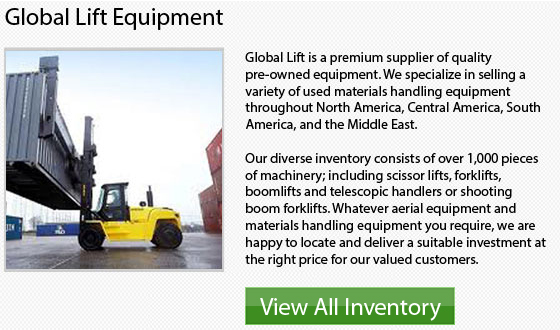
The all-terrain crane is considered in the crane business as being a luxury kind of a mobile hydraulic crane. It has the reputation of being similar to driving a Range Rover or a Hummer on pavement. All-terrain cranes are considered to be a hybrid between a mobile truck crane and rough terrain crane. One more great quality of this specific equipment is its multi-functional ability to be able to traverse through all kinds of off-road terrain. One of the main selling characteristics of this crane is that it travels equally well at high speeds down roads.
The First Rough Terrain Crane
Grove launched the first rough terrain crane to the market during the year 1959. The crane was designed for the intended use of being a multi-purpose device for application on construction sites. The industrial strength of the crane's tires is capable of handling all kinds of tricky terrain and is able to transport small loads in carry mode. During the 1970s, the 4 axle Super-RT 1650 model was introduced by Grove. This model has an 82.8 meter or 270 foot height under hook in production, together with a 135 ton lifting capacity. At the end of the day, the rough terrain crane would become the company's most notable equipment through the years.
The Crane's Disadvantages
Amongst the main disadvantages of the rough terrain crane was the problem that it was not capable of being driven on public highways with any other traffic. Japan was the only nation within the globe that would make an exception to this rule. In addition, one more problem occurred when the lowered boom on the crane tended to block the driver's left and right views, depending on how the cap was placed. All the problems with the design of the crane ended up being dangerous and serious and lead to lots of accidents with RT cranes, particularly while turning. As a result, low-loaders, lowboys, flatbeds were used as the main method of moving rough terrain cranes.